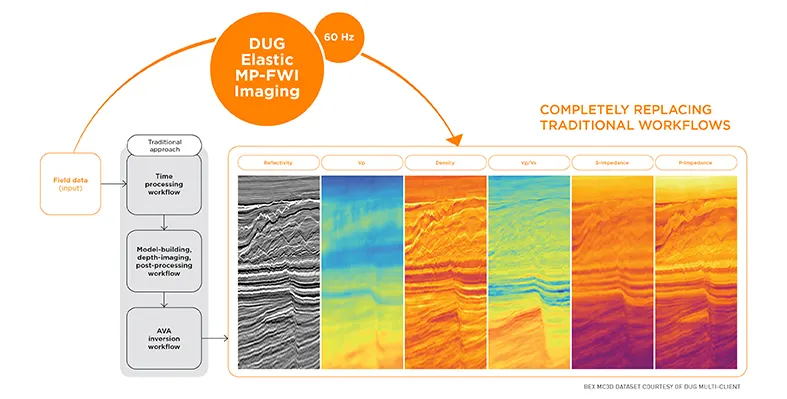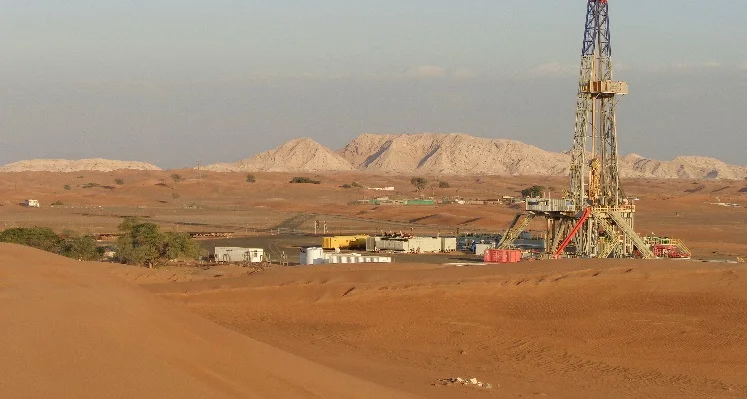
patenThe Y-shaped drilling module is now rated for operating pressures up to 10,000 psi. (Image source: GD Energy Products)
GD Energy Products (GDEP), the solutions provider for the frac, drilling and well servicing pumps market, has released an upgraded version of its patented Y-shaped drilling module rated for operating pressures up to 10,000 psi, to meet increasingly challenging oilfield conditions
As drilling operations push towards longer laterals and higher-pressure environments, traditional L-shape valve-over-valve modules rated for 7,500 psi have suffered from accelerated wear, resulting in costly downtime and increased operational risk. GDEP’s Y-shaped module addresses these challenges with advanced bore geometry that minimises stress in high-load areas, improving the life expectancy of the module.
Made from heat-treated, high-grade alloy steel, the Y-shape’s unique internal bore geometry significantly reduces stress concentrations, extending the life of high-value parts and lowering total maintenance costs. Its API 7 standard-compliant valve assembly helps minimise fluid velocity, ensuring smoother flow and reduced wear.
The two-piece design helps to reduce maintenance costs, as operators can now replace only the suction component, rather than replacing the entire module.
Chris Degginger, vice president of engineering, GDEP, said, “Our Y-shaped module has been a trusted performer in the field for years. Its unique geometry has been field-proven to maintain performance even under the intense pressure requirements of modern drilling conditions. With its new 10,000 psi rating, operators can confidently tackle high-pressure operations while lowering maintenance costs and improving safety.”
The upgraded Y-shaped module is compatible with GDEP’s PZ 1600 and PZ 2000 pump models.





 DUG Elastic MP-FWI Imaging is a unique approach to seismic processing and imaging which turns the traditional paradigm on its head. It replaces not only traditional processing and imaging workflows, but also the subsequent inversion workflow for elastic rock properties. It simultaneously resolves not only subsurface structural features but also quantitative rock property information while avoiding the need for extensive data pre-processing and (post-imaging!) AVA-inversion workflows.
DUG Elastic MP-FWI Imaging is a unique approach to seismic processing and imaging which turns the traditional paradigm on its head. It replaces not only traditional processing and imaging workflows, but also the subsequent inversion workflow for elastic rock properties. It simultaneously resolves not only subsurface structural features but also quantitative rock property information while avoiding the need for extensive data pre-processing and (post-imaging!) AVA-inversion workflows.


